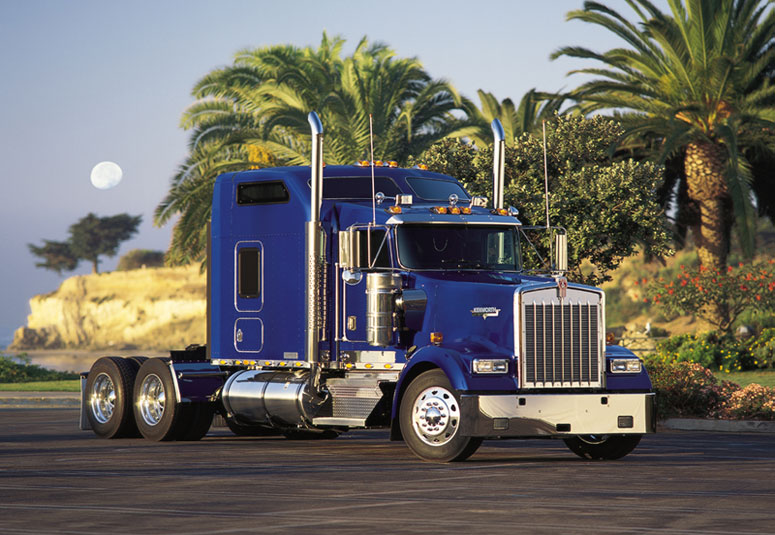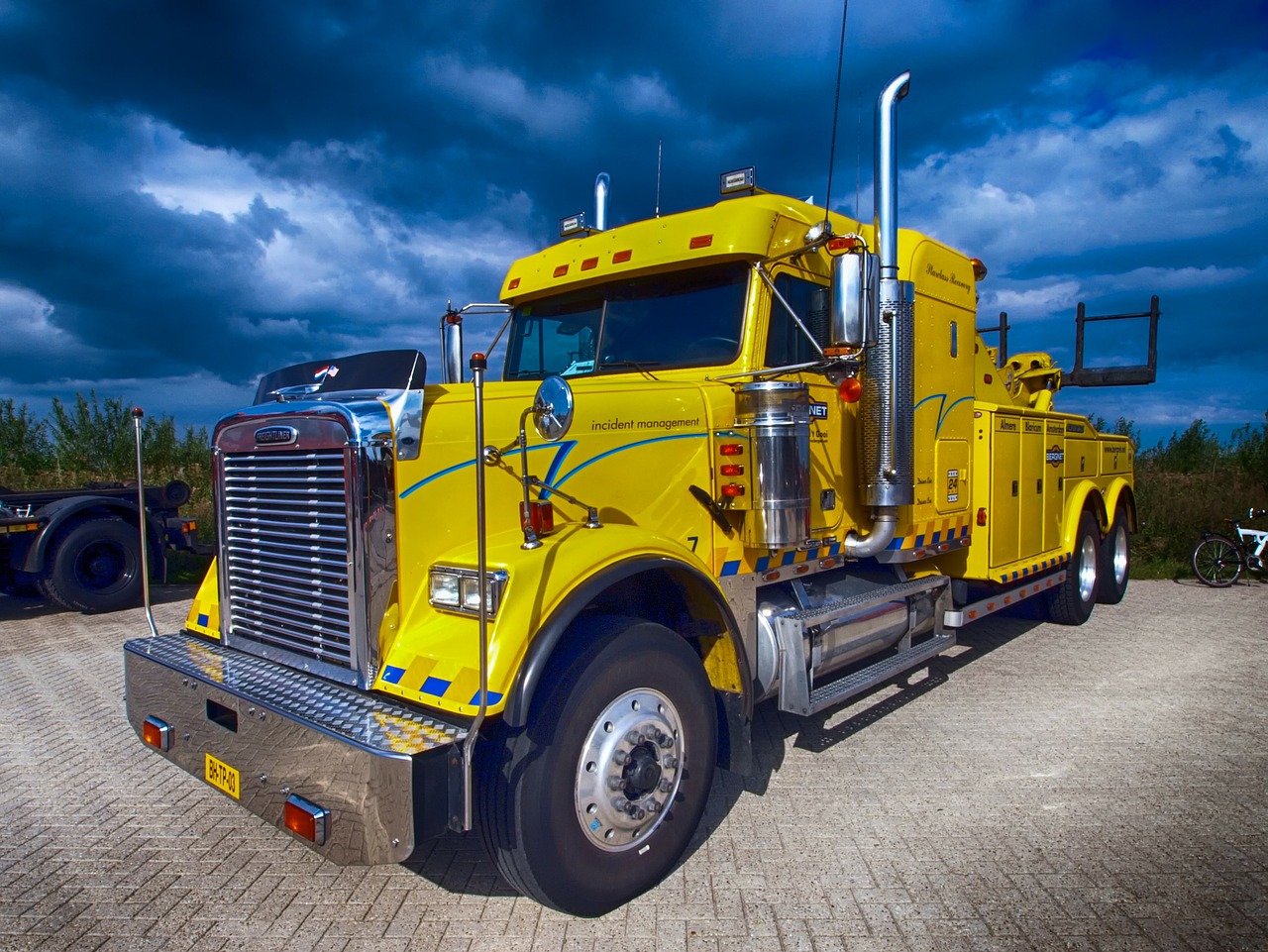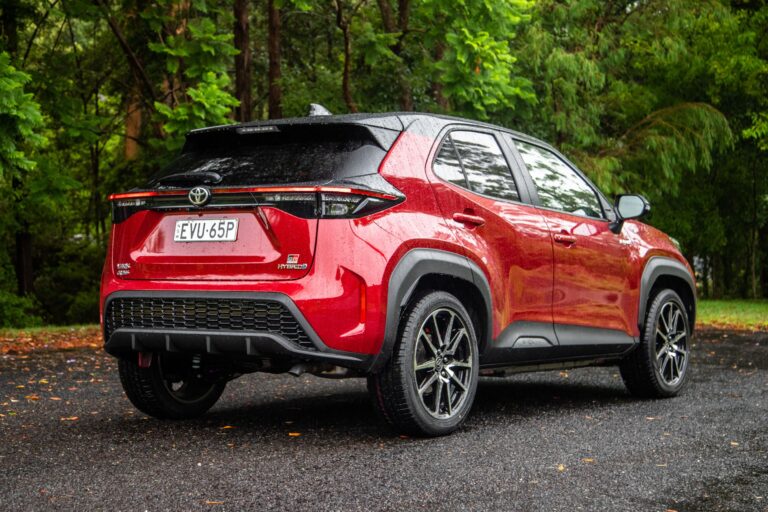Truck Canopy Measurements: The Definitive Guide to a Perfect Fit
Truck Canopy Measurements: The Definitive Guide to a Perfect Fit cars.truckstrend.com
In the world of truck ownership, a canopy – often referred to as a truck topper, camper shell, or cap – is more than just an accessory; it’s a transformative addition that enhances utility, security, and versatility. Whether you’re a contractor needing secure tool storage, an adventurer seeking a comfortable camping setup, or simply someone looking to protect cargo from the elements, a truck canopy is an invaluable asset. However, the success of this addition hinges entirely on one critical factor: precise Truck Canopy Measurements.
Mistaking even an inch can lead to a host of problems, from an ill-fitting, leaky shell that compromises your cargo to an unsightly, unsafe setup that diminishes your truck’s value. A perfect fit, conversely, ensures a watertight seal, optimal aesthetics, enhanced security, and maximum functionality. This comprehensive guide will delve into the intricacies of truck canopy measurements, providing you with the knowledge and actionable steps to ensure your next canopy is a perfect match for your vehicle.
Truck Canopy Measurements: The Definitive Guide to a Perfect Fit
The Foundation: Understanding Your Truck Bed Before You Measure
Before you even pick up a tape measure, the first step in accurate truck canopy measurement is to thoroughly understand your specific truck. Truck beds, while seemingly uniform, can vary significantly even within the same make and model, depending on the year, trim level, and specific configurations (e.g., Crew Cab, Extended Cab, Regular Cab).
Key information you must have ready:
- Truck Make, Model, and Year: This is foundational. A 2020 Ford F-150 short bed is different from a 2010 Toyota Tacoma long bed.
- Cab Style: Crew Cab, Extended Cab (Quad Cab/Double Cab), or Regular Cab. This often dictates the bed length available.
- Bed Length: Manufacturers typically offer different bed lengths for the same model (e.g., 5.5 ft, 6.5 ft, 8 ft). Knowing yours is paramount.
- Any Aftermarket Modifications: Bed liners, rail caps, toolboxes, or custom modifications can significantly alter the effective dimensions of your truck bed.

Gathering this information will not only guide your measurements but also help you communicate effectively with canopy manufacturers or dealers, streamlining the selection process.
Essential Canopy Measurements: What to Measure and How

Accurate measurement is the cornerstone of a successful canopy installation. You’ll need a good quality, rigid metal tape measure for the best results. Always measure at least twice, or even three times, to ensure consistency and accuracy.
1. Truck Bed Length
This is arguably the most crucial measurement. It dictates the overall length of the canopy.

How to Measure:
- Measure from the inside of the bulkhead (the front wall of the truck bed, closest to the cab) to the inside of the top edge of the tailgate.
- Ensure your tape measure is flat along the bed rails, not dipping into the bed floor.
- Measure on both the driver’s and passenger’s sides, as minor discrepancies can sometimes exist.
- Important Note: Do not measure along the bed floor if you have a drop-in bed liner, as this can give a false shorter reading. Measure along the top edges of the bed rails.
-
Common Bed Lengths:
- Short Bed: Typically 5 feet to 5.5 feet (e.g., Ford F-150 5.5′, Ram 1500 5’7", Toyota Tacoma 5′).
- Standard/Medium Bed: Typically 6 feet to 6.5 feet (e.g., Ford F-150 6.5′, Ram 1500 6’4", Chevrolet Silverado 6’6").
- Long Bed: Typically 8 feet (often found on Regular Cab or heavy-duty trucks).
2. Truck Bed Width
The width determines how snugly the canopy will sit on your bed rails.
- How to Measure:
- Measure the inside width of the truck bed rails from driver’s side to passenger’s side.
- Take this measurement at three points: near the cab, in the middle of the bed, and near the tailgate.
- Crucial: Measure inside the bed rails, from the top lip of one rail to the top lip of the other. Do not measure the width of the bed floor.
- Note any discrepancies. Some beds might flare slightly. The canopy will be designed to accommodate the widest consistent point or to sit just inside the narrowest point.
3. Bed Rail Dimensions (Width and Thickness)
This measurement is critical for the canopy’s clamping system and overall fit.
- How to Measure:
- Rail Width: Measure the flat, top surface width of your truck bed rail, from the outside edge to the inside edge. This is where the canopy will rest.
- Rail Thickness/Depth: Measure the thickness of the bed rail from its top surface down to the lip where the clamp will grip. This helps determine if standard clamps will work or if longer/shorter clamps are needed, especially with spray-in or drop-in bed liners.
- Pay attention to any factory plastic rail caps. These are often integrated into the truck’s design and are part of the measurement. Aftermarket caps, however, might need to be removed or accounted for.
4. Cab Height
For canopies designed to be "cab-high," this measurement ensures a flush, aerodynamic, and aesthetically pleasing look.
- How to Measure:
- Measure from the top surface of your truck’s bed rail straight up to the highest point of your truck’s cab roof.
- Measure in a few spots along the bed rail to account for any slight variations in the truck’s stance.
- Ensure your truck is on level ground for this measurement.
5. Tailgate Clearance (If Applicable)
Some canopies are designed to slightly overhang the tailgate, while others sit flush with the bed length. If your canopy style extends over the tailgate, ensure there’s sufficient clearance for it to open and close without interference. This is more of a design consideration than a primary measurement, but it’s good to confirm with the dealer.
Types of Canopies and Their Measurement Considerations
Canopies come in various styles, each with specific measurement implications:
- Cab-High Canopies: These are designed to align perfectly with the height of your truck’s cab, offering a streamlined look and aerodynamic benefits. Accurate cab height measurement is paramount here.
- Mid-Rise Canopies: Slightly taller than the cab, these provide additional interior cargo volume without being excessively tall. Your cab height measurement helps determine how much "rise" you’ll get.
- High-Rise/Commercial Canopies: Significantly taller than the cab, these maximize cargo space, often seen on work trucks. While cab height isn’t for matching, it helps visualize the overall profile.
- Wedge Canopies: Tapered from front to back or back to front, these have unique aesthetic and aerodynamic properties. Their specific design will be based on standard bed length and width, but the tapering will be factory-set.
- Custom Canopies: For highly modified or unique trucks, custom fabrication might be necessary, making precise self-measurements even more critical before engaging a builder.
The Importance of Precision: Why Every Inch Matters
- Fit and Seal: An accurately measured canopy ensures a tight, watertight, and dust-proof seal. This protects your cargo from the elements and keeps the bed clean. A poor fit leads to leaks, dust intrusion, and potential damage to contents.
- Aesthetics: A canopy that doesn’t sit flush, is too long/short, or too wide/narrow, looks awkward and detracts from the truck’s appearance. A perfect fit enhances the vehicle’s overall look.
- Security: A properly fitted and clamped canopy is difficult to remove without tools, enhancing the security of your stored items. A loose fit compromises this security.
- Functionality: If a canopy is too long, it might prevent the tailgate from opening fully. If it’s too wide, it might not seat properly or interfere with bed rail accessories.
- Safety: A canopy that isn’t securely clamped due to incorrect measurements can shift during driving, posing a safety hazard.
- Resale Value: A well-fitting, high-quality canopy adds value to your truck. An ill-fitting one can actually decrease it.
Common Challenges and Solutions in Measurement
Even with the best intentions, measurement challenges can arise:
- Truck Bed Liners: Drop-in bed liners can significantly alter internal dimensions, especially width and length. Always measure above the liner, along the top of the actual metal bed rails. For spray-in liners, they usually don’t affect dimensions significantly, but confirm.
- Toolboxes/Accessories: If you have an existing toolbox or other bed-mounted accessories, ensure they don’t interfere with the canopy’s installation or operation. You may need to measure around them or consider their removal.
- Older/Modified Trucks: Older trucks might have slight body flex or previous repairs that cause minor inconsistencies. Custom modifications (e.g., lifted trucks, custom beds) will require extra diligence.
- Uneven Bed Rails: Dents, dings, or previous damage to bed rails can make obtaining a consistent measurement difficult. Try to average measurements or note the most restrictive points.
- Manufacturer Variations: Even within the same make/model/year, minor manufacturing tolerances can exist. This is why measuring your actual truck is always better than relying solely on generic specs.
Solutions:
- Measure Thrice: Seriously, measure everything at least three times.
- Document Everything: Write down all measurements clearly, including units (inches/feet) and where each measurement was taken. Take photos of your measurements.
- Remove Obstructions: Clear out anything in the bed that might impede your measurements.
- Consult Professionals: When in doubt, or for complex situations, visit a reputable truck accessory dealer. They have experience and specialized tools to get precise measurements.
Practical Advice and Actionable Insights
- Use the Right Tools: A sturdy, metal tape measure is essential. Avoid cloth tapes or flimsy retractable ones. A straightedge or level can also be helpful for precise vertical measurements.
- Be Thorough: Don’t rush. Take your time with each measurement.
- Consider the "Lip": Remember that canopies typically have a "lip" or flange that sits over the outside edge of your bed rails. While you measure the inside dimensions, this lip will add a small amount to the overall external width of the canopy. This is usually factored in by manufacturers.
- Communicate Clearly: When ordering or discussing with a dealer, provide all your truck’s details (make, model, year, cab type, bed length) along with your precise measurements.
- Factor in Future Accessories: If you plan to add roof racks, ladder racks, or other accessories to your canopy, discuss this with the dealer. Certain canopy designs or reinforcement might be needed.
Common Truck Bed Sizes & Corresponding Canopy Considerations/Price Estimates
The cost of a truck canopy varies widely based on materials (aluminum, fiberglass), features (windows, lighting, racks), and complexity. However, the size dictated by your truck bed measurements is a primary cost driver. Here’s a general guide:
| Truck Make/Model Example | Common Bed Lengths (Approx.) | Canopy Type/Fit Considerations | Estimated Canopy Price Range (USD) No features, base model |
|---|---|---|---|
| Mid-Size Trucks: | |||
| Toyota Tacoma, Chevy Colorado, Ford Ranger | 5 ft – 6 ft | Smaller, lighter canopies. Often cab-high or mid-rise. Fit is snug due to narrower beds. | $1,500 – $3,000 |
| Half-Ton Trucks: | |||
| Ford F-150, Ram 1500, Chevy Silverado 1500 | 5.5 ft – 6.5 ft – 8 ft | Most common sizes, wide variety of styles (cab-high, mid-rise, high-rise). Many options available. | $2,000 – $4,500 |
| Heavy-Duty Trucks: | |||
| Ford F-250/350, Ram 2500/350, Chevy Silverado 2500/350 | 6.5 ft – 8 ft | Robust construction, often higher-rise or commercial models for heavy loads. Wider bed rails. | $2,500 – $6,000+ |
Note: These are general price estimates for new, basic fiberglass or aluminum canopies without extensive features or custom paint. Prices can vary significantly based on brand, material, windows, interior finishes, lighting, racks, and installation. Always get a specific quote for your truck and desired features.
Frequently Asked Questions (FAQ) about Truck Canopy Measurements
Q1: Can I use a canopy from a different truck model or make?
A1: It’s generally not recommended. While some trucks might have similar bed lengths, bed widths, rail cap designs, and cab heights vary significantly. An ill-fitting canopy will compromise seal, aesthetics, and safety. It’s best to buy a canopy specifically designed for your truck’s make, model, and year.
Q2: Do bed liners affect canopy fit?
A2: Yes, especially drop-in bed liners. They add thickness to the bed rails and can reduce the internal width and length. Always measure your truck bed above the liner, along the actual metal bed rails. Some canopy designs or clamping systems may need to be adjusted for liners. Spray-in liners typically do not affect fit.
Q3: How do I measure for a canopy if my truck has a toolbox in the bed?
A3: If your toolbox is permanently mounted and you intend to keep it, you must measure the available bed length in front of or behind the toolbox, depending on where you want the canopy to sit. Most canopies are designed to cover the entire bed. If your toolbox is at the bulkhead, you’ll need a canopy that either integrates with it (rare) or you’ll need to remove the toolbox. Discuss this with a canopy dealer.
Q4: What’s the difference between cab-high and mid-rise measurements?
A4: Cab-high means the canopy’s roof will be level with your truck’s cab roof, requiring a precise measurement from the bed rail to the top of the cab. Mid-rise means the canopy will be slightly taller than your cab, offering more internal volume. While you still measure cab height for reference, the canopy will intentionally exceed it.
Q5: Should I measure from the inside or outside of the truck bed rails?
A5: You should measure the inside width of the truck bed rails (from the top lip of one rail to the top lip of the other) and the inside length (from the bulkhead to the tailgate at the top rail level). The canopy will sit on top of these rails, with a small flange usually extending over the outside edge.
Q6: What if my truck bed isn’t perfectly square or has minor damage?
A6: Measure at multiple points (front, middle, rear) for both length and width. Note any discrepancies. If there’s significant damage or warping, it’s advisable to consult a professional canopy dealer or body shop first. A custom fit might be needed, or repairs to the bed might be necessary to ensure a proper seal and fit.
Conclusion
Measuring for a truck canopy might seem like a straightforward task, but its importance cannot be overstated. Precision in every dimension ensures not just a perfect aesthetic match but also optimal functionality, security, and longevity for your investment. By understanding your truck, meticulously taking the right measurements, and being aware of potential challenges, you empower yourself to make an informed decision. Don’t rush the process; take your time, measure twice (or thrice!), and when in doubt, consult with the experts. A perfectly fitting truck canopy will transform your vehicle into an even more versatile and capable machine, ready for whatever adventure or task lies ahead.





